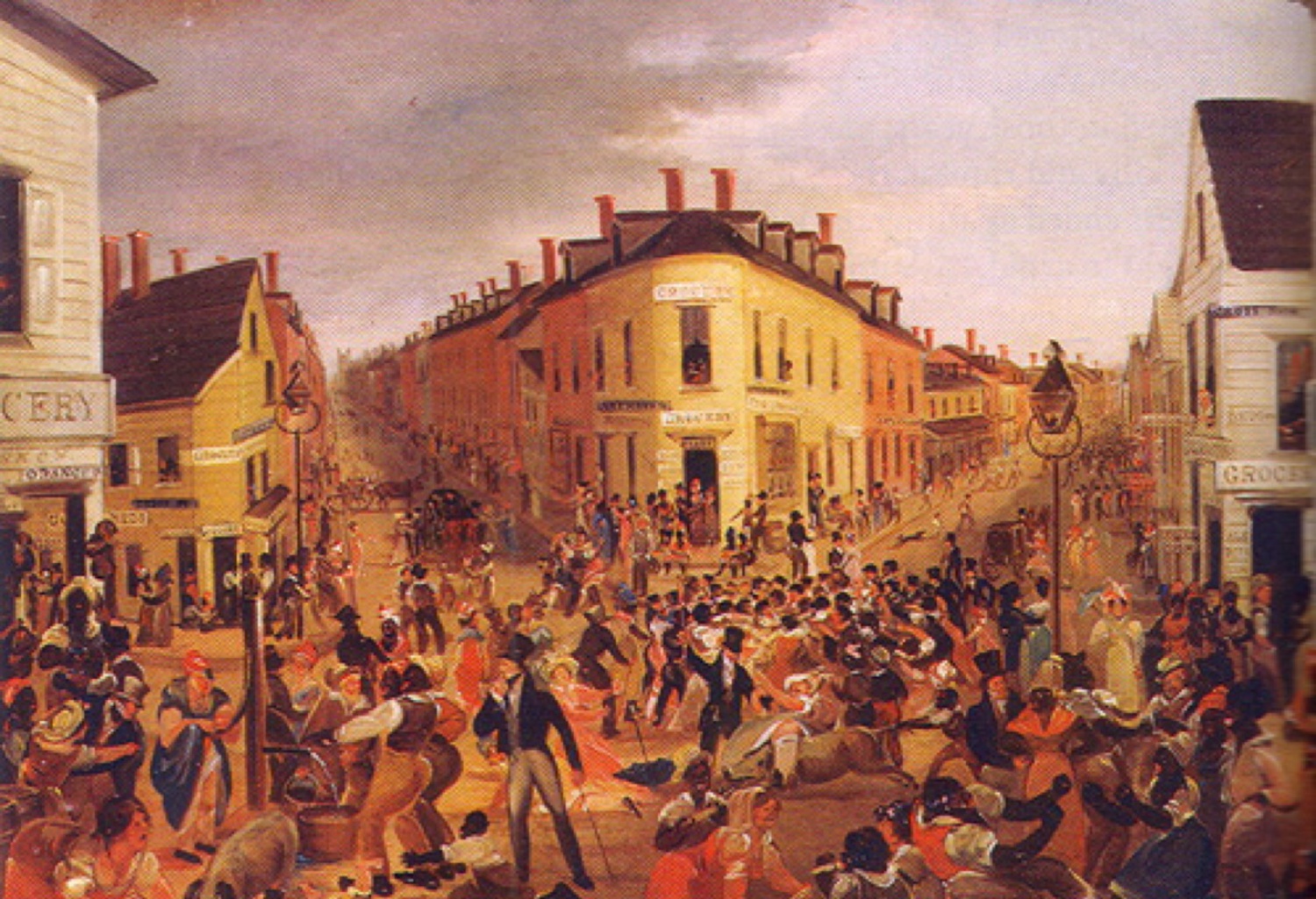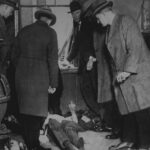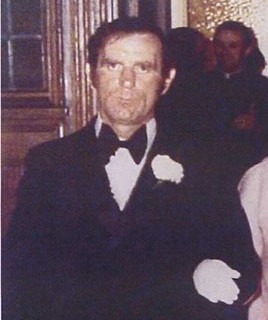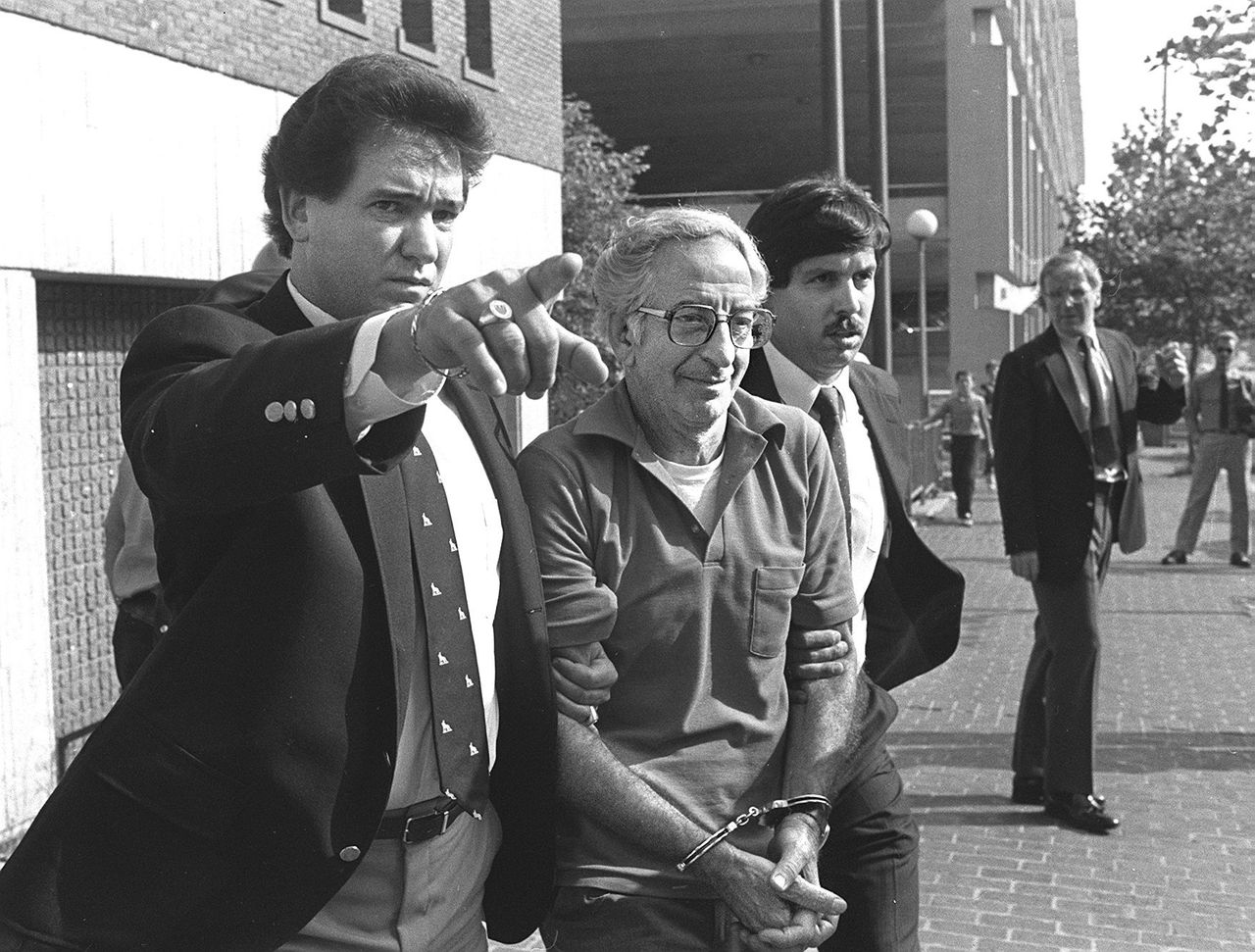The Five Points was a 19th-century neighborhood in Lower Manhattan, New York. The neighborhood was bound by Center Street to the west, the Bowery to the east, Canal Street to the north, and Park Row to the south. The Five Points stood on what is now Park, Worth & Baxter streets.
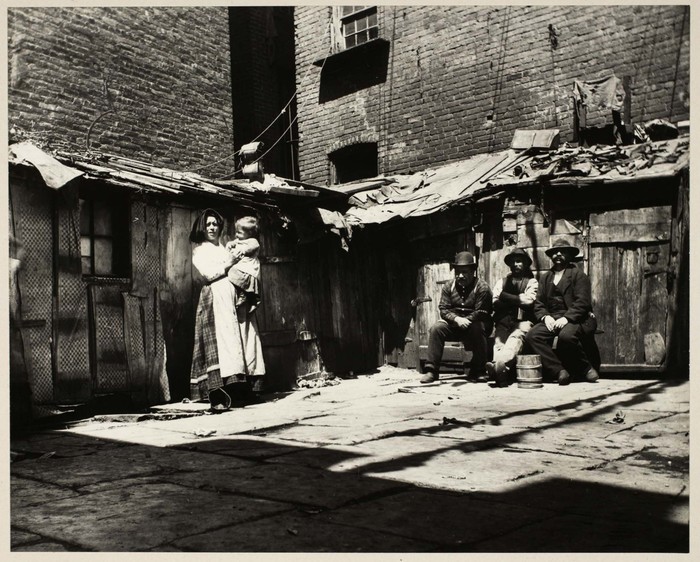
The Five Points neighborhood was one of the most notorious slums in the world and had gained international notoriety as a densely populated, disease-ridden, crime-infested slum that existed for well over 70 years. Charles Dickens once visited the area wanting to see the the Five Points for himself. His colorful description of the scene appeared in his book American Notes concluding, “all that is loathsome, drooping and decayed is here.”
Though Irish immigration into New York had been going since the early 1800’s and peaked during the Great Famine, in 1855 many Irish families were still poor, at the lower end of the social order and looking for better lives, that came through politics and mainly through Tammany Hall, a vastly corrupt political organization who made good use of the gangs of the Five Points on election days where violence, intimidation, repeat voting, stealing ballot boxes and stuffing them with ballots favoring their candidate. A format perfected by Captain Isaiah Rynders and refined by the political bosses in Tammany Hall who would use this same tactic right through to the early 1900’s.

“Old Smoke” John Morrissey
One of the most legendary characters of this period William Poole better known as Bill The Butcher died. During his life he was legendary, a founder of the Bowery Boys gang and member of the Nativist Party. You may know the name from Martin Scorsese’s movie Gangs of New York. And his arch enemy, a Tipperary man named “Old Smoke” John Morrissey, who was a champion prize fighter, a leader of the Dead Rabbits gang and would go on to become a Congressman and State Senator for New York and was arrested and tried in connection with Bill The Butchers death, when he was shot by a member of Morrissey’s crew
Irish immigration had reached the point where at one stage in New York’s history a quarter of the entire population of Manhattan consisted of Irish, which was half as many more than any other nationality, the number of Irish was roughly 200,000 the next biggest nationality were German which made up roughly 100,000*

Of the roughly 200,000 Irish people living in Manhattan, the majority came from just three counties, Cork, Kerry & Sligo all on the West Coast of Ireland where the famine had hit hardest. It is understandable why a majority would have been from Cork, as at the time before the famine Cork was the most populous county in the country with 854,000 people living there.**
The area was notorious for crime and riots, The Dead Rabbits Riot began when one faction destroyed the headquarters of the Bowery Boys on July 4, 1857. The Bowery Boys retaliated, which led to a large-scale riot which waged back and forth on Bayard Street, between Bowery and Mulberry Street. There would be further rioting on July 5. The Bowery Boys and Dead Rabbits fought again erecting barricades in the street. On July 6, the Bowery Boys fought the Kerryonians (Irishmen from County Kerry) at Anthony and Center Street. As residents took advantage of the disorganized state of the city’s police force, brought about by the conflict between the Municipal and Metropolitan police, gangsters and other criminals from all parts of the city began to engage in widespread looting and destroying property. It is estimated that between 800 and 1,000 gang members took part in the riots, along with several hundred others who used the disturbance to loot the Bowery area

The Five Points housed some of the most unimaginable dive bars and saloons, along with their owners. Tommy Hadden’s Shangahai Hotel, Kit Burns Sportsmans Hall also known as the Rat Pit, The Haymarket & Billy McGlory’s Armory Hall. Most of these saloons and owners were caught in one of the biggest scandals of the day, the Water Street Revival, in which the Reverend A.C Arnold and his followers “converted” saloon owners from their criminal ways into part of his congregation, this scam mainly led by the wickedest man in New York, John Allen another notorious saloon owner. The saloons would be closed for prayer meetings and the owners were championed as reformed members of the congregation, however it turned out that the Reverend had been paying the saloon keepers to be part of the scam, the Water Street Revival died out.

The Five Points was eventually condemned, leveled and rebuilt, one man named Jacob Riis, who himself was an immigrant from his native Denmark and lived in the Five Points, became a pioneer in photography, a social reformer and journalist, did a series of exposes on slum conditions on the Lower East Side including Mulberry Street, The Bowery etc, which gave him the idea to view photography as a way of communicating the dire conditions of the slums to the general public. Having experienced this poverty himself, he decided to use his work for good. He took photographs of the areas, the people and places, he published articles and also gave lectures which resulted in the establishment of the Tenement House Commission in 1884.
Throughout its history the Five Points had some very colorful gangs from the first ever recorded gang, The Forty Thieves in 1825, to the The Kerryonians, The Dead Rabbits, The Whyo’s, The Walshers, The Bowery Boys and more, they all gave rise to some incredible and fascinating stories that lasted throughout the Prohibition Era in the 1920′ & 1930’s
The Five Points – The painting was painted by George Catlin in 1827.
**Five Points – Tyler Anbinder
*Gangs of New York – Herbert Asbury
Sources:
Herbert Asbury – The Gangs of New York
Herbert Asbury – All Around The Town
New York Times
http://waterfordimmigrants.org/
https://www.icp.org/browse/archive/constituents/jacob-riis?all/all/all/all/0
https://www.history.com/
https://timesmachine.nytimes.com/
https://timesmachine.nytimes.com/

